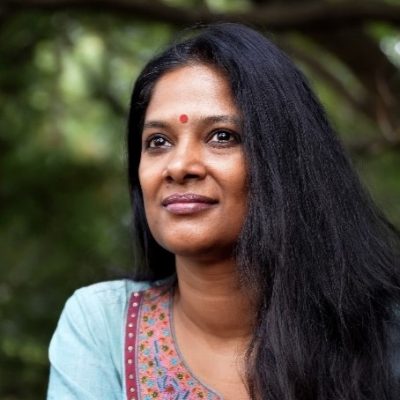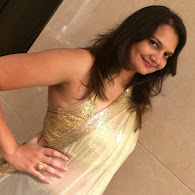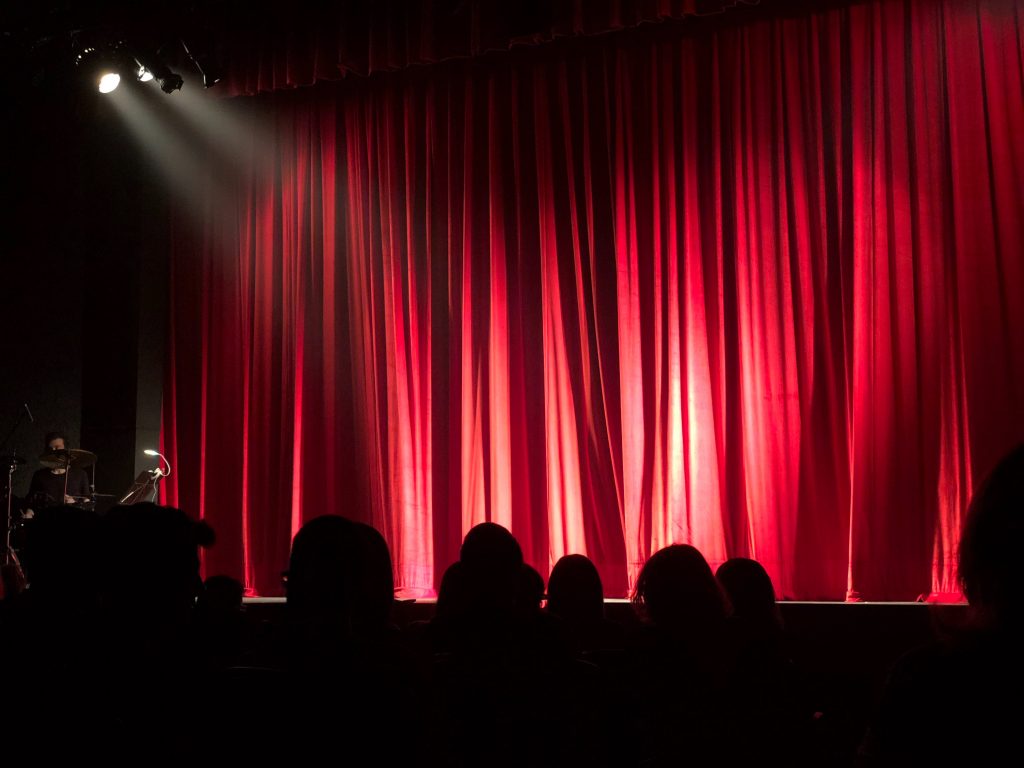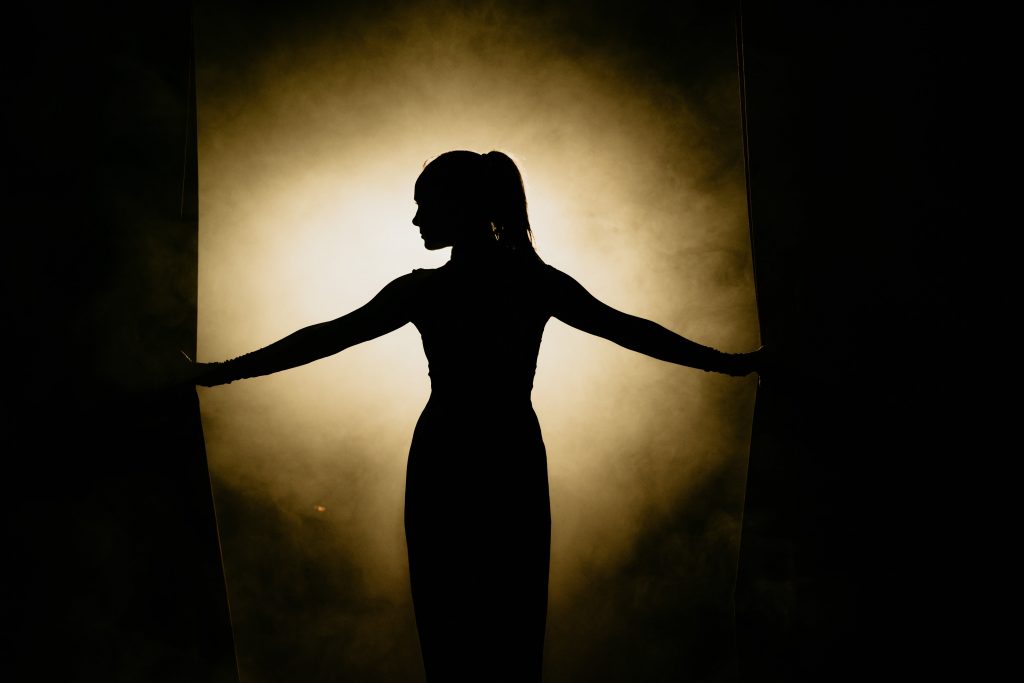Have standing ovations, once a mark of great respect, turned into a customary end to the show?
If you’ve been to the theatres in Mumbai, perhaps you are familiar with the customary standing ovation at the end of a performance. The house lights turn on, the performers appear for a curtain call, and everyone rises in applause. Sometimes, they rise in unison, clapping and staying till the artists have left the stage. At others, they applaud, look around, and rise when a few others have. Sometimes, people stand and applaud on their way out. If the infectious standing ovation has spread across the front rows and you happen to be seated behind, you’ve got yourself an obstructed view and may suffer from FOMO. You may also at this time suffer the derision of fellow audience members and be forced to rethink your, well, stand.
The history of standing ovations is murky to begin with. We went to trusty old Wikipedia and returned with some Ancient Rome references. Standing ovations, apparently, were reserved for the kind of performance that did not result in triumph strictly, but had the makings of one. Marcus Licinius Crassus received one after his defeat from Spartacus. You get the drift.
Closer home, we have come to applaud any effort or often, save ourselves the embarrassment of being the only ones seated.
So, when did standing ovations in theatres become the norm that they now seemingly are? Akarsh Khurana, director, writer, and producer, Akvarious, thinks it is in the last decade. He remembers having to work harder for it in the previous one. He also pins it squarely on a younger generation more eager to have a good time, and literally ‘jump out of their seats’. “If someone was to survey it (standing ovations), they’d observe that the older the audience, the lesser the chances of them standing up when they are not impressed,” he says.

When do you stand up?
Let’s begin with the basics. What causes a standing ovation? Khurana weighs in again to say that he needs to be blown away, not simply impressed. If the latter is the case, he is among the first to stand, having in the process, triggered a domino for a full standing ovation. For a play that doesn’t make the cut, he avoids it until he no longer can.
Gerish Khemani, a theatre-maker and drama teacher, thinks it’s less straightforward. “You wonder if the audience is responding to the piece as a whole or if it has simply ended in a certain way”, he says.

Frequent theatre-goer Abbas Momin only stands up if ‘he is bowled over by the performance, or if the message of the play is strong enough’. “Or if I have been thoroughly entertained the way I was while watching Atul Kumar’s Piya Behrupiya,” he says. He goes on to caution us that sometimes standing ovations are contextual and that premiere shows and famous audience members could invoke them, too.
MD Pallavi, a musician and theatre-maker based in Bangalore, says that every performance demands a different kind of response. “Sometimes it’s a standing ovation, at other times it’s not even a clap,” she confers. Having performed all over the world, she also believes that standing ovations are a cultural thing. “In Germany and London, no one stands up but you keep coming back for curtain calls as long as the audience continues to applaud. For Boy With A Suitcase, a play we did, we returned eight times. In Japan, on the other hand, they clap for a few seconds because they don’t want to hold the performer/s back,” she recalls.

In the audience, Pallavi stands up when a performance has moved her, inspired her, or if it has been an evening well-spent. “Sometimes I stand up alone,” she says.
What does standing up really mean?
Here’s the important one. A standing ovation is no longer associated with great productions or great shows only. “It gives them a sense of closure, I think. And sometimes it’s also just people getting up to leave,” says Khurana.
Is it then something theatre makers still aspire to? The answer is a resounding no. Khurana believes it has become somewhat of a reverse parameter. “If I don’t get a standing ovation at Prithvi theatre is when I would be really worried,” he says.
Saurabh Nayyar, actor and director, of Jubilee Theatre, doesn’t look at them as a criterion for success anymore either. “It has become a ritual, like the curtain call that precedes it. And in fact, getting a standing ovation for a show that you thought didn’t go well can actually feel very odd,” he says. But, he confesses, if you listen closely, the applause goes up for the characters the audience really liked. “Sometimes claps between scenes can also tell you more. And the audience staying after the curtain call with continuous claps might be a better marker for a successful show,” he says.
Are some places catalysts?
In Mumbai, standing ovations seem more synonymous with Prithvi Theatre than with smaller venues, and larger venues. In terms of cities, they seem most synonymous with Mumbai. Khurana recalls recent shows in Delhi and Chennai that ended in applause but not standing ovations.

Khemani too recalls a recent play at a small intimate Aram Nagar venue that didn’t end in a standing ovation but got a three-minute-long applause. Shows that don’t end in standing ovations, as one might be able to tell, are few and far apart these days.
Pallavi sees standing ovations as an urban phenomenon. “In smaller towns in Karnataka where I perform, there is no uniformity in the reaction,” she says adding that it can also be venue-linked. “It’s often governed by what the performance space allows you,” she adds.
Do you feel the need to stand up?
“If you aren’t standing up and everyone is, it feels like too strong a statement,” confesses Khemani, adding that something about a crowd heightens the sense of conformity in people. “Whether I am putting up a play or watching one, I have never seen a half-and-half scenario. It’s everyone or no one,” he says alluding to a certain herd mentality. He admits to feeling the pressure himself.
Rupali Modi, an avid theatre-goer, is more steadfast, and won’t stand up even when her peers do. “I think it gives the wrong message to the artist,” she says. Her friends, she tells us, on the other hand, see standing ovations as a means of supporting art and the artists involved even when they haven’t really enjoyed the show in question. But be warned, because as Pallavi says, artists can feel the difference between a real standing ovation and a ritualistic one,

So, what do you do?
“I might be very unhappy with what I’ve watched. I may stand up at that moment and give them an honest review later,” Khurana weighs in, adding that others like his contemporary, director and producer Quasar Thakore Padamsee don’t give into the p,ressure. “He will not stand up unless he has liked your work. It becomes a parameter of its own. But, it’s also because of the person he is and how revered he is in the theatre community,” he says.
Nayyar shares his views and would rather have a conversation about the play after. While saying so, he adds that in his own shows too, it is the conversation after that truly gives him insight and feedback.
As standing ovations stand diluted themselves, what then is the future we wonder? Khurana believes we may be headed the Cannes way. Remember 2006? The 22-minute-long Cannes ovations for Guillermo Del Toro that holds the record for the longest-standing ovation. Or the more recent 11-minute one for the Turkish film About Dry Grasses, this year? If that’s what he is talking about, stage managers may want to include resetting their stopwatches as part of their task list.








